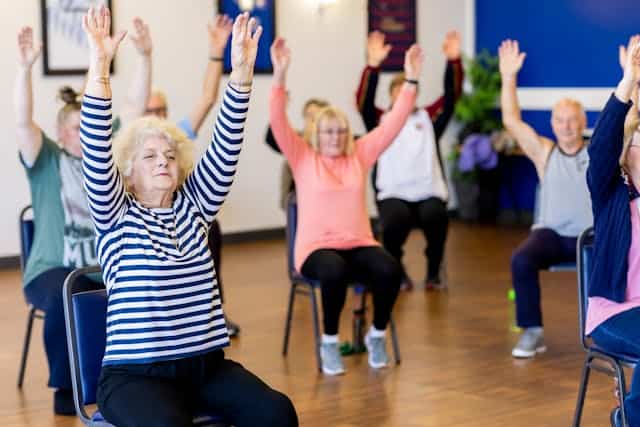
International Recommendations for School-Related Sedentary Behaviour
April 5, 2022
Timing of sedentary behaviour and access to sedentary activities in the bedroom and their association with sleep quality and duration in children and youth: a systematic review
April 28, 2022A paper titled “School-related sedentary behaviours and indicators of health and well-being among children and youth: a systematic review” has recently been published in the International Journal of Behavioral Nutrition and Physical Activity. The full article can be found here. The summary of the paper and citation details are re-posted below.
ABSTRACT
Background
The purpose of this systematic review was to examine the associations between school-related sedentary behaviours and indicators of health and well-being in children and youth (~ 5–18 years) attending school.
Methods
This review was conducted to inform the development of School-Related Sedentary Behaviour Recommendations. Peer-reviewed, published, or in-press articles in English were included. Reviews, meta-analyses, and case studies were excluded; all other study designs were eligible. Further, articles had to meet the a priori study criteria for population, intervention, comparator (PROSPERO ID: CRD42021227600). Embase, MEDLINE® ALL, and PsycINFO were searched. Risk of bias was assessed for individual experimental studies using the Cochrane risk of bias assessment tool, and in observational studies based on the GRADE framework and in line with previous systematic reviews examining sedentary behaviours in children. Overall quality of evidence was assessed using the GRADE framework for each outcome category and study design. Results were synthesized narratively, grouped by study design and outcome category. Further, several high-level summaries were conducted to help interpret results.
Results
Evidence was synthesized from 116 reports, including 1,385,038 participants and 1173 extracted associations. More school-related sedentary behaviour was favourably associated with nearly one-third of extracted associations for cognitive (33%) and social-emotional (32%) indicators (e.g., less anxiety), but unfavourably associated with other movement behaviours (e.g., less physical activity) (35%). Active lessons were favourable (72%), compared to more school-related sedentary behaviours, when examining associations for all health and well-being indicators. More homework was favourable across all health and well-being indicators in 4% of extracted associations for primary school children, and 25% of extracted associations for secondary school children. However, ≥2 h/day of homework appeared to be unfavourable for health and well-being. Limitations for synthesized studies included generally low quality of evidence and a lack of studies in South American, African, or low-middle income countries.
Conclusions
Findings can help inform policy makers, schools, and teachers, regarding the amount of homework assigned and the introduction of active lessons into the classroom to enhance health and well-being of children. More research is needed examining school-related sedentary behaviours and indicators of health and well-being in low- and middle-income countries.
CITATION
Kuzik, N., da Costa, B.G.G., Hwang, Y. et al. School-related sedentary behaviours and indicators of health and well-being among children and youth: a systematic review. Int J Behav Nutr Phys Act 19,40 (2022). https://doi.org/10.1186/s12966-022-01258-4




